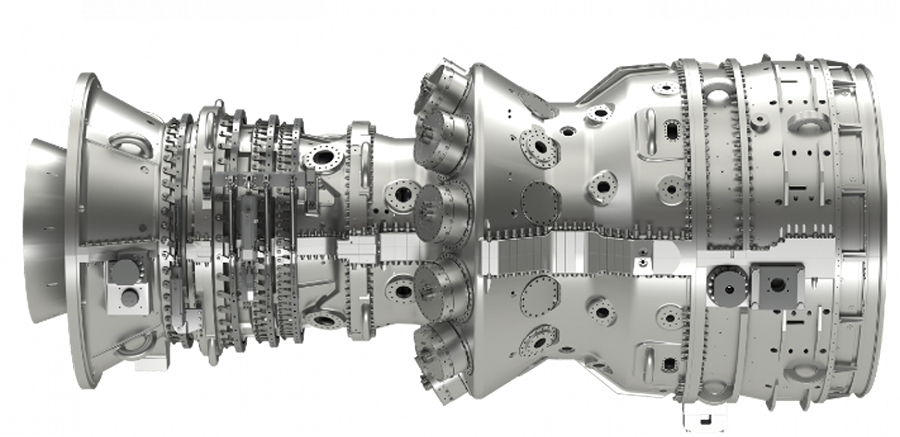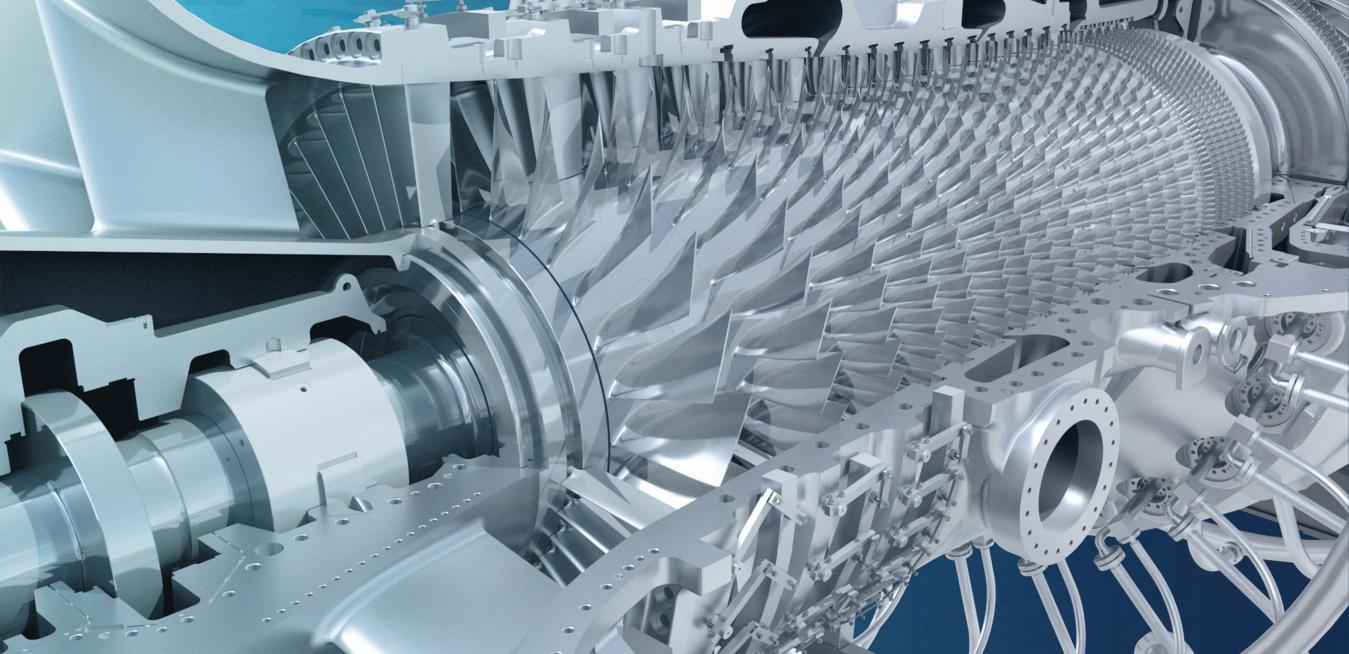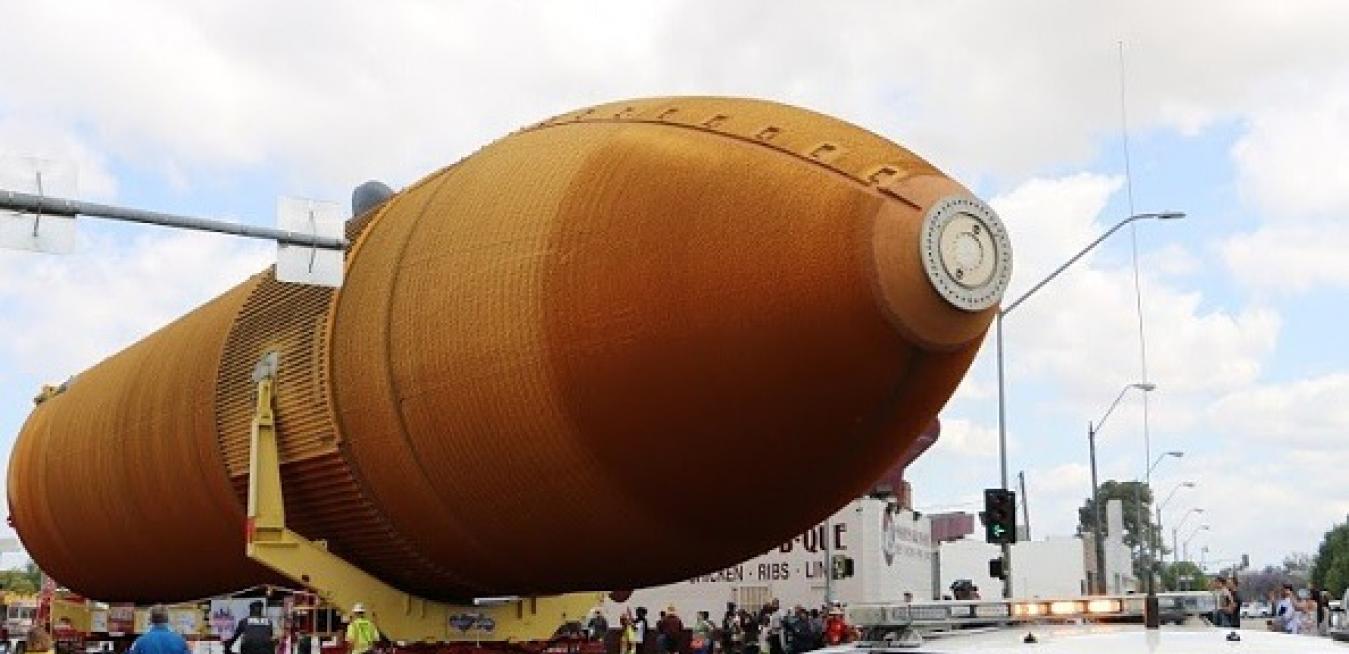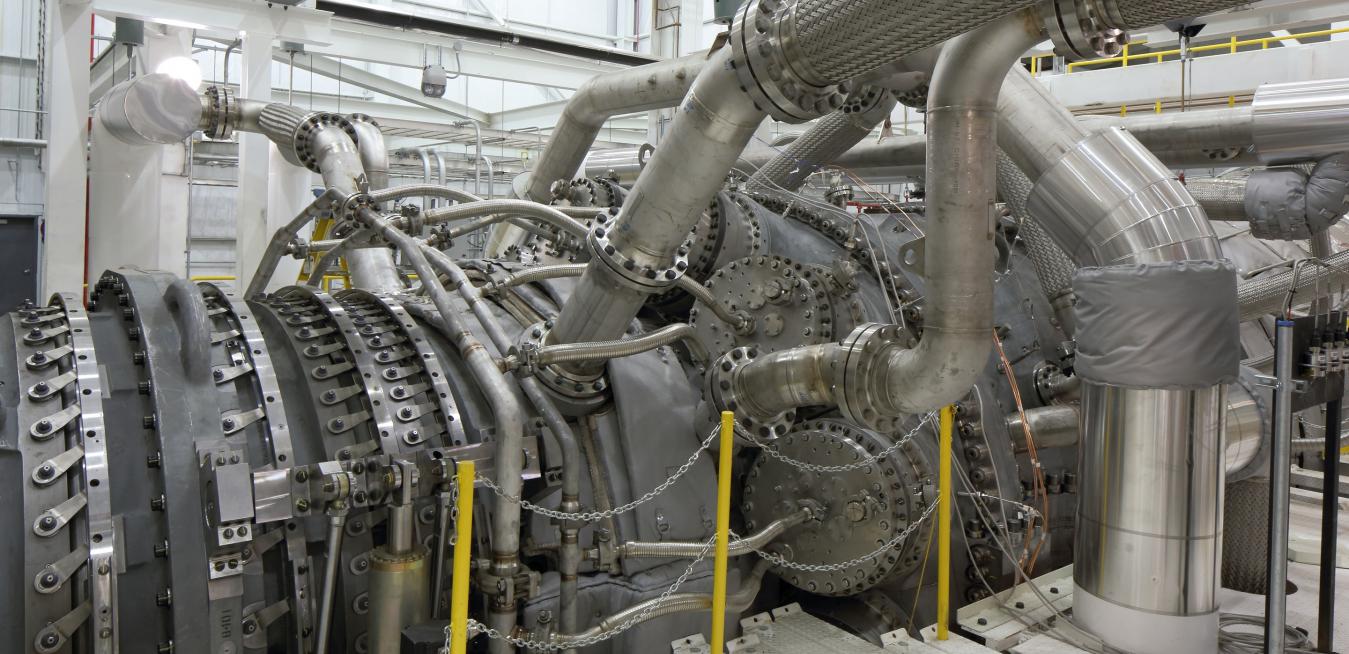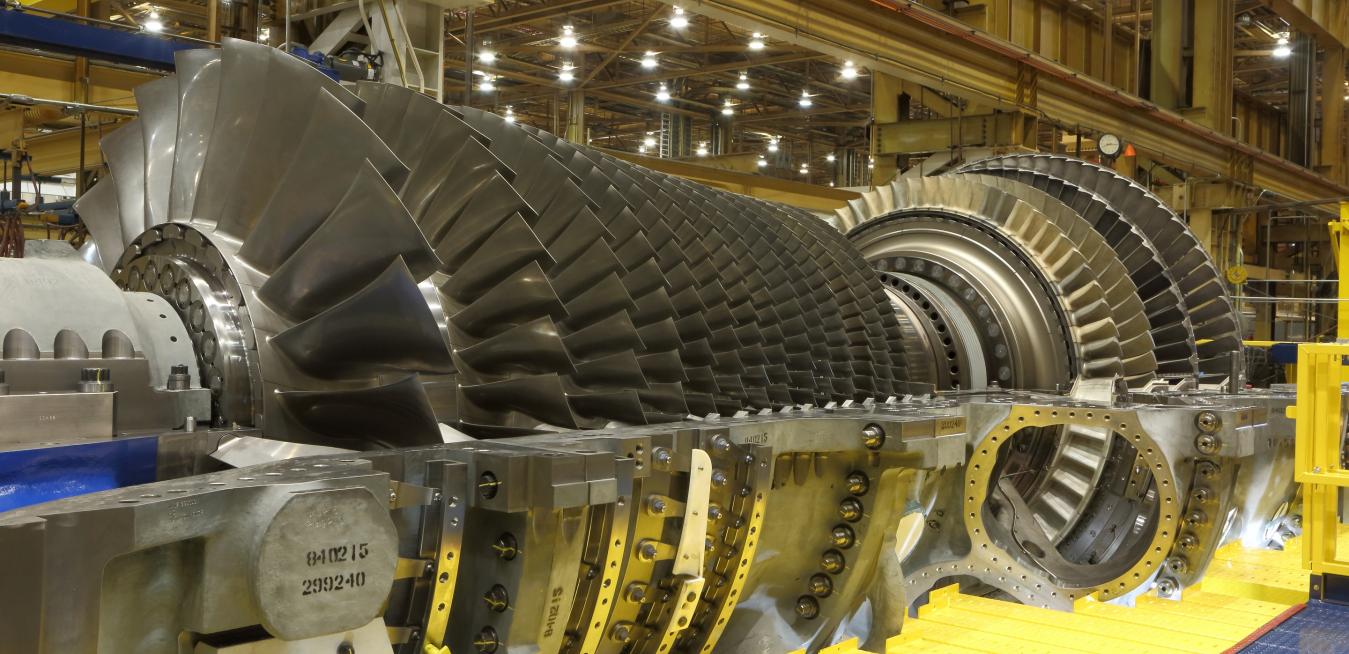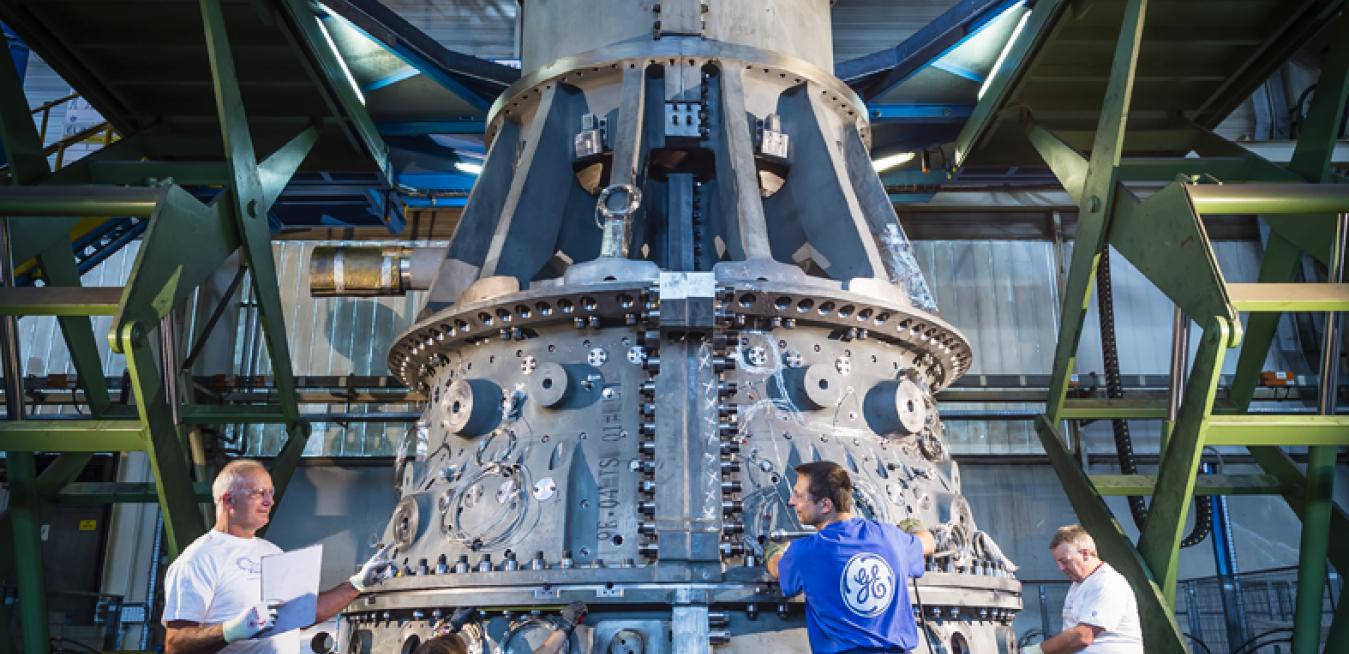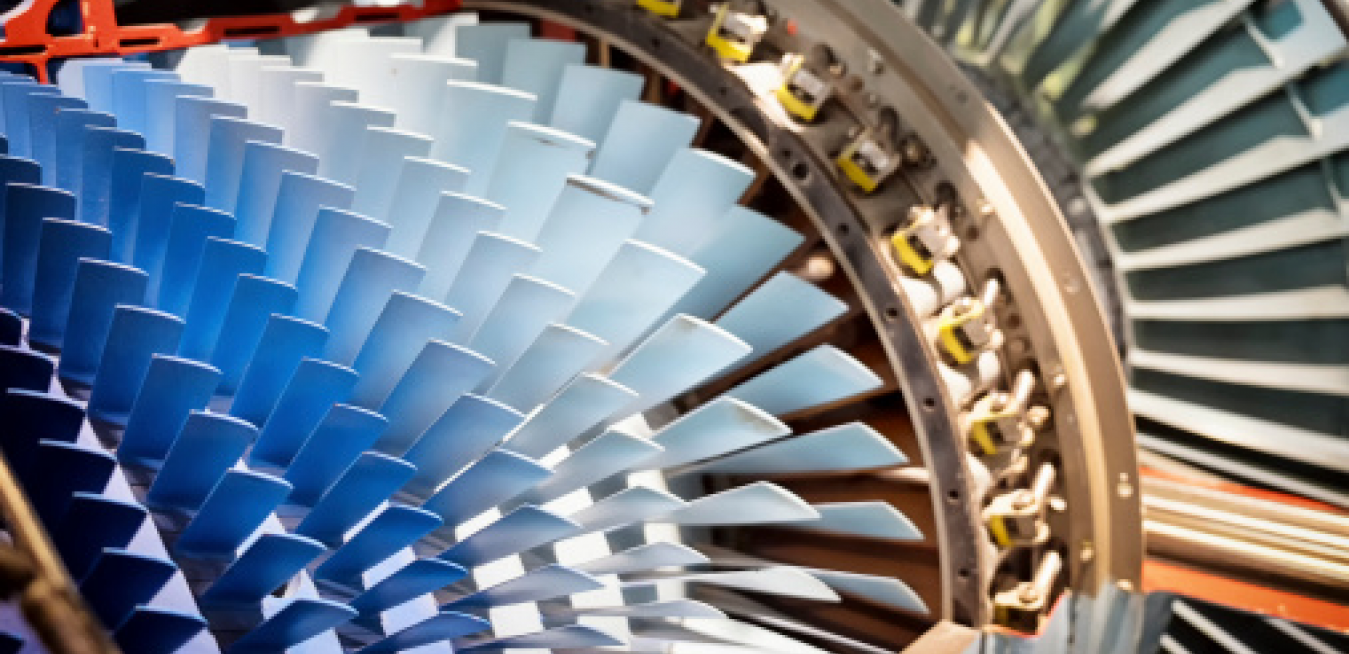- GE’s HA technology ordered by more than 50 power producers to operate their combined cycle power plants in twenty countries generating approximately more than 26 gigawatts (GW) of power
- GE’s H-Class supports shift to producing more sustainable power, including pathways to near-zero carbon operations through these new gas turbines that can use pre-combustion hydrogen fuels and post-combustion carbon capture, utilization, and sequestration
- In 2021, HA-powered projects secured recent industry awards including “2021 Plant of the Year”, “
business unit
tags
- Developing Refractory Alloy Innovations for Superior Efficiency (RAISE) – an ultra-high temperature material system that would enable gas turbine blades to operate at 1,700 °C (3,092°F)
- Will help drive efforts to push turbine efficiency beyond 65% and accelerate decarbonization of the energy sector
- $1.6 million project to be driven by world-class, multi-disciplinary team with decades of experience and a dedicated High Bay lab facility in alloy, coating and process development <
For media inquiries, please contact:
Todd Alhart
Director, Innovation Communications
GE Aerospace
+1 518 338 5880
[email protected]
business unit
tags
In the popular imagination, Brazil is an eternal carnival of sun, samba and soccer on the sand in Rio de Janeiro. Yet many Brazilians claim that the real Brazil is actually the country’s sprawling northeast region, which is a long way from the golden beaches of Copacabana and Ipanema. The Northeast is the home of capoeira, the hypnotic Afro-Brazilian martial art; the sertão, the country’s semi-mythical scrubby outback; and forró, the folk music that farmers sang in hope of bumper harvests of corn, sugarcane and coffee.
When engineer Sanford Moss built GE’s first gas turbine more than a century ago, things didn’t go exactly as the company planned. The machine used too much fuel and produced too little power. Moss put the design on the shelf until the outbreak of World War I, when the National Advisory Committee for Aeronautics, NASA’s predecessor, realized it could use the device to supercharge aircraft engines and gain superiority in the air.
The growth of renewable power means that the owners of the world’s gas turbines have to accept some Darwinian logic: Adapt or die. The challenge is particularly acute in the U.K., where electricity production from wind, solar and hydropower installations is booming. The total installed capacity of the country’s renewables sector now exceeds that of fossil-fuel-fired generation, or power plants that burn coal, gas and oil.
If you studied chemistry in school, the memory of hydrogen will be a blast from the past — literally. You can’t see or smell hydrogen, but you know it’s there when you hear a squeaky pop when holding a lit match above the test tube. Hydrogen’s easy flammability and unparalleled lightness make it easy to understand why NASA uses it as rocket fuel. (It also happens to be the most abundant element in the universe.)
With more than 260 million operating hours accumulated by GE’s gas turbine fleet, we’re proud to deliver some of the most efficient, reliable and flexible solutions available in the industry today. GE is already helping to power the ASEAN region, and continues to work closely with nations like Indonesia to help attain ambitious energy development targets.






